Transient Response
Transient response in power supplies refers to how quickly and effectively the PSU stabilises its output voltage during sudden changes in load demand, such as when a CPU or GPU increases its power draw. It’s measured by the time and voltage deviation during these shifts. A faster, smaller transient response ensures stable power, preventing instability and component damage.
20% Load – 20ms
| Advanced Transient Response 20% - 50 Hz - No Caps | ||||
| Voltage | Before | After | Change | Pass/Fail |
| 12V | 12.048V | 11.944V | 0.86% | Pass |
| 5V | 5.001V | 4.911V | 1.80% | Pass |
| 3.3V | 3.312V | 3.190V | 3.69% | Pass |
| 5VSB | 5.025V | 4.985V | 0.79% | Pass |
50% Load -20ms
| Advanced Transient Response 50% - 50 Hz - No Caps | ||||
| Voltage | Before | After | Change | Pass/Fail |
| 12V | 12.030V | 11.942V | 0.72% | Pass |
| 5V | 4.996V | 4.921V | 1.51% | Pass |
| 3.3V | 3.307V | 3.213V | 2.83% | Pass |
| 5VSB | 5.006V | 4.970V | 0.72% | Pass |
The transient response with normal loads is good on all rails.
Transient Response ATX v3.1 Tests
[Note] For PSUs without a 12+4 pin connector, the maximum applied load for the transient response tests is 150%, rather than 200%.The PSU passes all ATX v3.1 transient response tests, but the 3.3V rail drops below 3.2V at the 200% load test.
The 12V rail’s performance is good enough.
Pages:
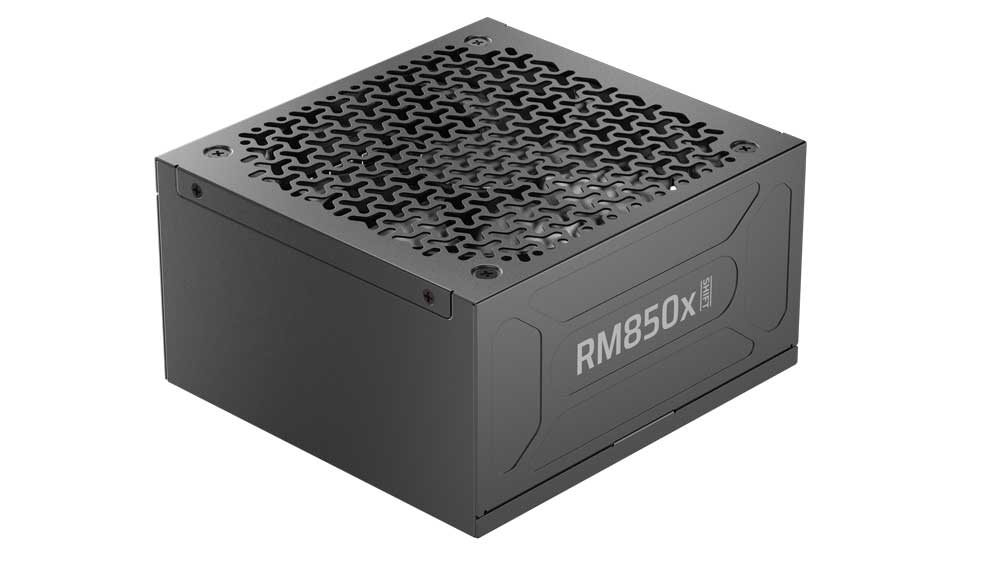

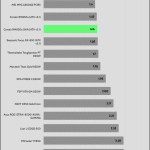
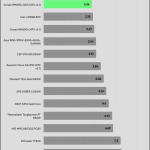



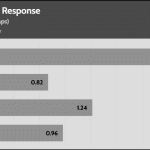
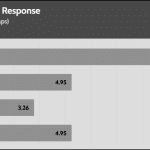

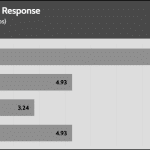
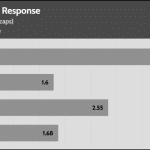
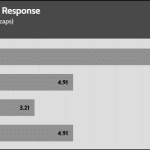
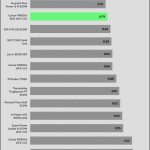

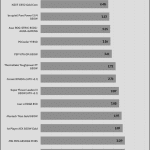
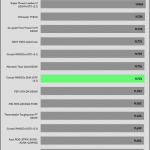


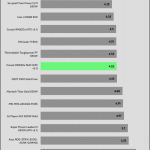

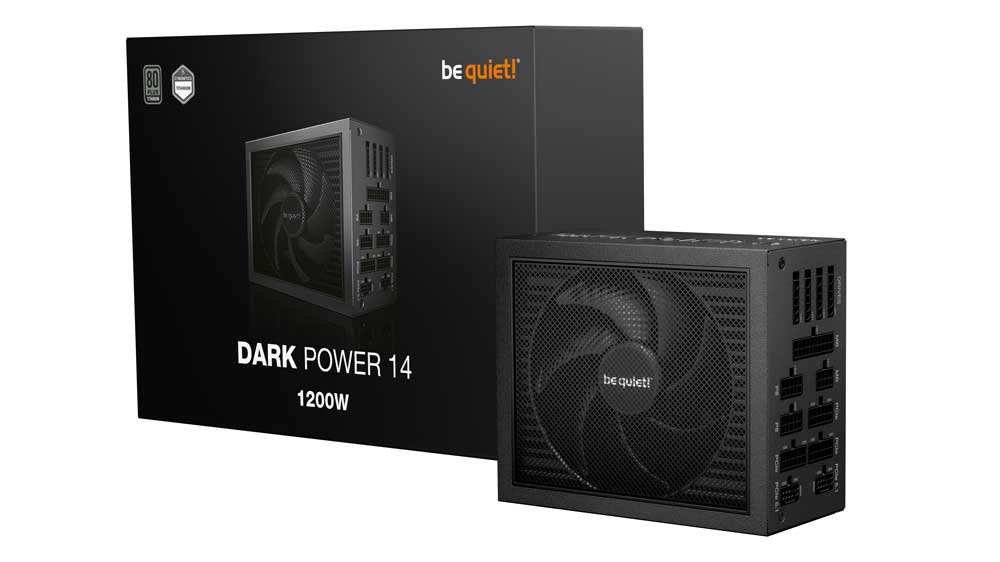

any major changes compared to 2024 model?
Hello Aris did Lian Li send their SX Platinum and new SP Platinum for cybenetics test ?
yeap